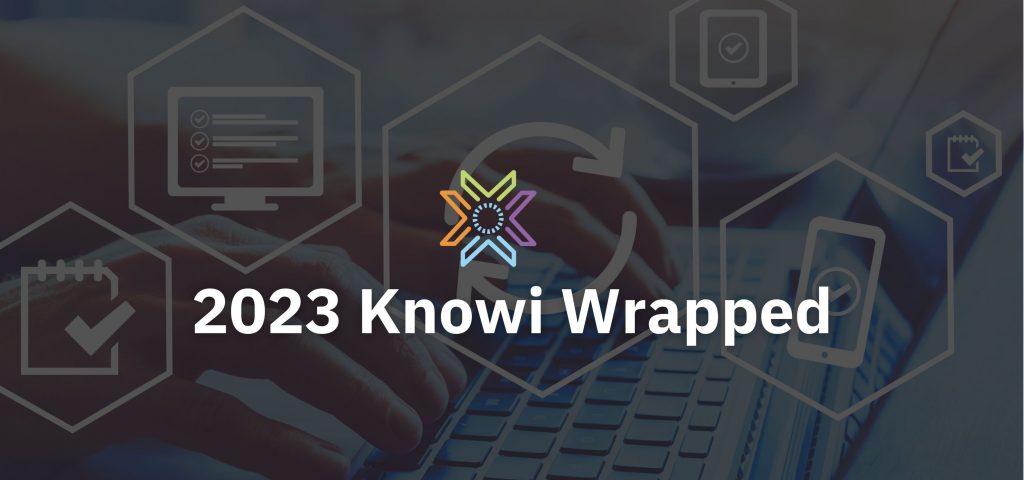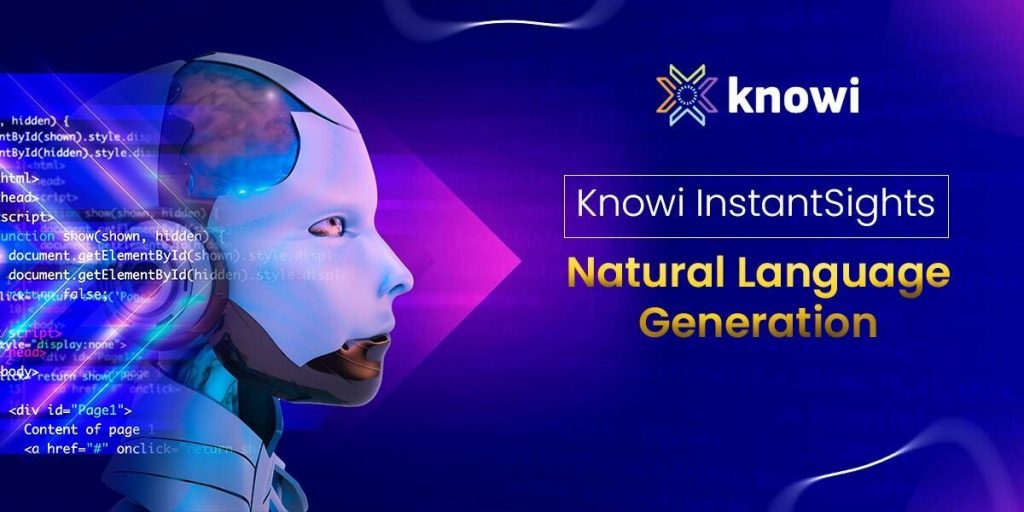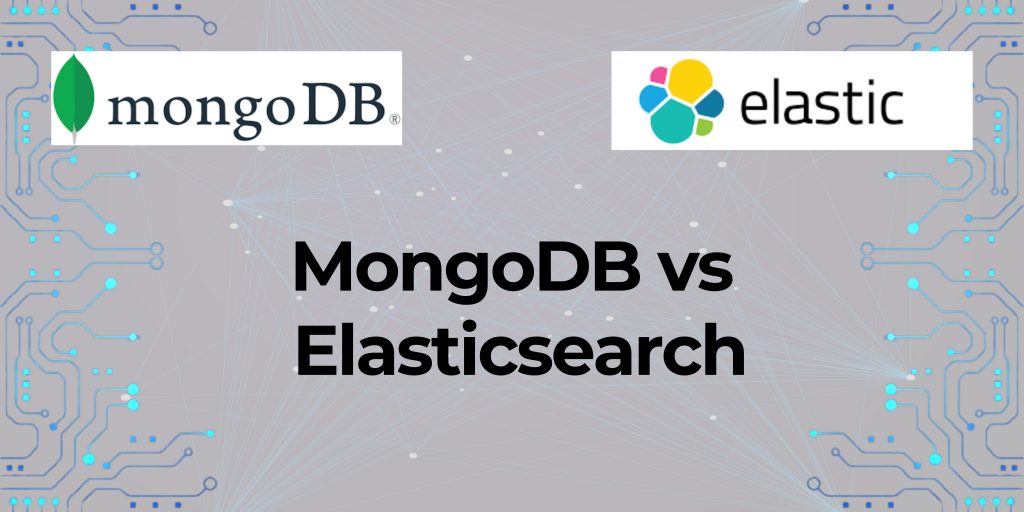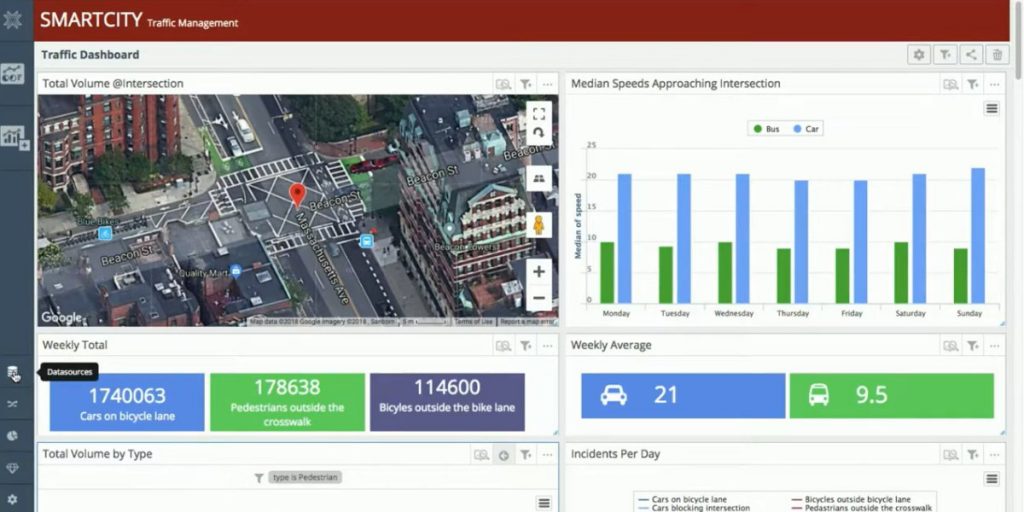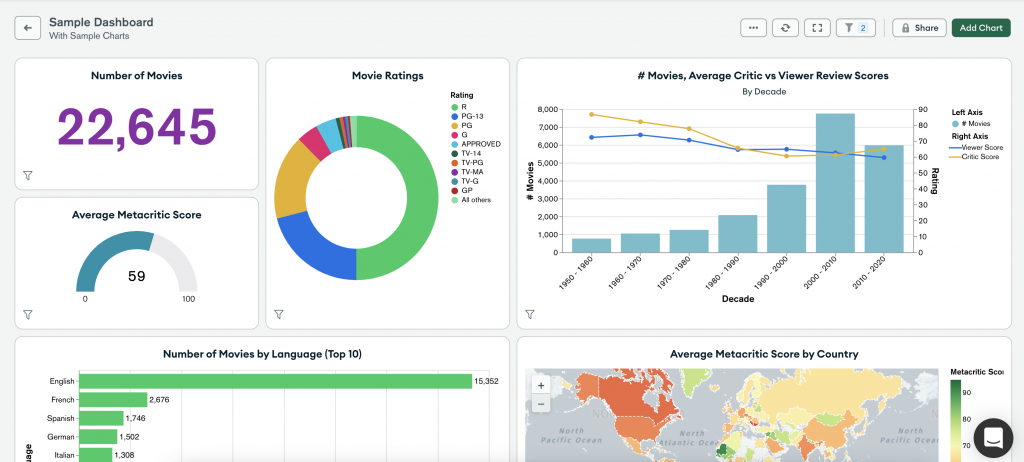2023 Knowi Wrapped: A Year of Transformation and Innovation
In the fast-paced realm of data management, the year 2023 was nothing short of transformative for our dedicated engineering team. As the driving force behind the scenes, they tirelessly worked to enhance our capabilities, introducing a myriad of features and bug fixes that propel our mission forward. In this comprehensive compilation of the year’s achievements, …
2023 Knowi Wrapped: A Year of Transformation and Innovation Read More »
